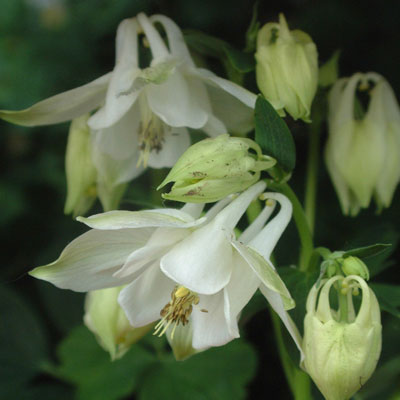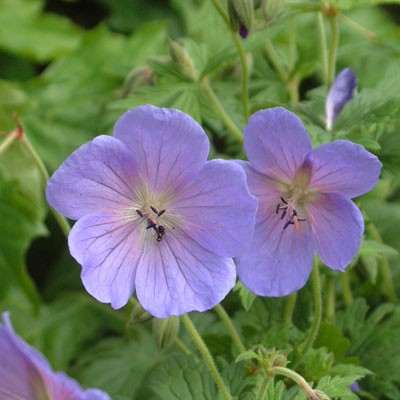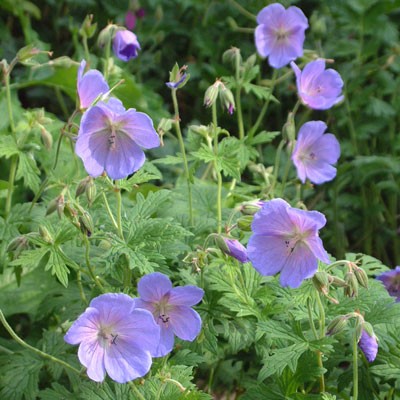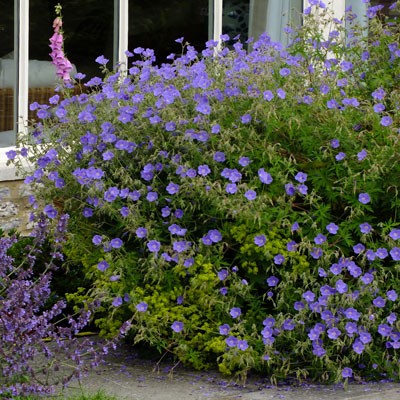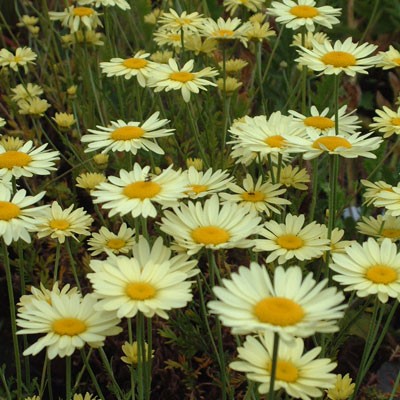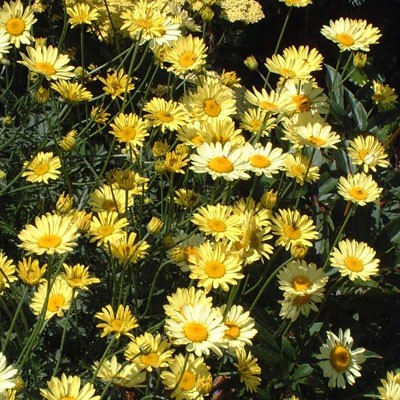Description
Aquilegia vulgaris ‘Nivea’ (‘Munstead White’)
Aquilegia vulgaris ‘Nivea’ (‘Munstead White’) has large pure-white, gracefully nodding bonnets, each 4cm wide are borne on leafy stems 80cm high in great profusion. Often tipped with green on ageing, the spurs are short and slightly curled. The attractive divided foliage forms a basal clump of fresh apple-green, leafing up early in Spring to make a lovely foil for bulbs and early Primroses in the garden. They start pushing up flowering stems as early as April and go on producing a sequence of blooms until early June. They are deep rooted plants which seek water well and are therefore tolerant of dry shady conditions as well as full sun. The pure white blooms really lighten up a shady spot and look wonderful with cool greens and ferns. Although ‘Munstead White’ grows true from seed collected from isolated plants, Aquilegias are highly promiscuous members of the Ranunculaceae and will take any opportunity to mix their genes with their kin producing seedlings of a wide range of colours and spur lengths.
Columbines are one of those plants that has a very long history of cultivation. It is mentioned in writings of Thomas Tusser in 1580, John Parkinson in 1629 and in Chaucer and Shakespeare’s Hamlet.
Aquilegia vulgaris is a Native of Europe, including Britain and is the traditional Grannie’s Bonnets of the cottage garden. In the late 19th century a florist call Douglas began to cross this with Aquilegia caerulea, canadense and chrysantha to begin the long-spurred hybrids that we know today under the name Aquilegia x hybrida. ‘Mrs Scott Eliot Strain’ was an early successful group which has been ‘superseded’ by ‘McKana’ Hybrids’ and ‘Monarch Strain’. Today there are many named colour strains to choose from. ‘Clematiflora’ is a name given to a group of none spurred hybrids.
Columbines grow in a wide variety of soil types providing they don’t get too dry or too wet in winter. They will grow in full sun or part shade. One of their chief requirements is that do not get too crowded in. allow them some air around the crown and see that other plants don’t flop over the top of them. They are not terribly long lived, but will seed themselves around in areas they are happy.
It was one of the badges of the House of Lancaster. Aquilegia caerulea, with its blue and white flowers, is the state flower of Colorado.
Columbines used to be extensively used in times of Chaucer and Shakespeare as garnishes for food and as ingredients in medicines. Their use stopped, according to Linnaeus, when one too many children died from excessive intake. It is not used today.
Aquilegia comes from the Latin ‘aquila’ = an eagle, a reference to the shape of the petals with their curved spurs being like an eagle’s talons. Columbine is also a reference to the flower shape. ‘columba’ is latin for a dove, the flowers reminding people of a dove in flight with the petals being the wings and the spurs the neck and head; or alternatively the upended flower resembles doves drinking at a bowl. This is coincidentally the derivation of the old Saxon name ‘Culverwort’, Culver being Saxon for a pigeon. Aquilega was used in Medieval paintings to represent the dove of peace.

















































